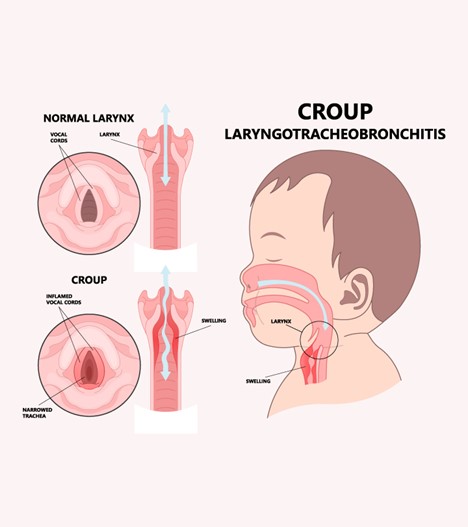A nurse is planning care for a school-age child diagnosed with type 1 diabetes. Which insulin preparations are either rapid or short acting? (Select all that apply.).
Novolin N.
Lantus.
Novolin R.
NovoLog.
Correct Answer : C,D
The correct answers are choices C. Novolin R, and D. NovoLog.
Choice A rationale:
Novolin N is an intermediate-acting insulin, not rapid or short acting. It has a slower onset and longer duration of action, making it unsuitable for rapid blood sugar control.
Choice B rationale:
Lantus is a long-acting insulin that provides basal insulin coverage and has a relatively steady effect over 24 hours. It is not rapid or short acting and is used to provide a baseline level of insulin, not for immediate blood sugar control.
Choice C rationale:
Novolin R, also known as regular insulin, is a short-acting insulin with an onset of about 30 minutes and a peak effect around 2 to 3 hours. It is often used to cover mealtime blood sugar elevations and is suitable for short-term blood sugar control.
Choice D rationale:
NovoLog is a rapid-acting insulin analog with an onset of about 15 minutes and a peak effect within 1 to 2 hours. It is designed to mimic the body's rapid insulin release after meals, making it effective for controlling postprandial blood sugar levels.
Nursing Test Bank
Naxlex Comprehensive Predictor Exams
Related Questions
Correct Answer is B
Explanation
The correct answer is choice B. Ask the adolescent, "Why did you come here today?".
Choice A rationale:
Using the adolescent's own words in correct medical terminology to determine the problem is essential for accurate documentation, but it might not be the initial step in determining the chief complaint. The approach in choice B provides an opportunity for the adolescent to express their primary concern in their own terms.
Choice B rationale:
Asking the adolescent, "Why did you come here today?" allows them to voice their main reason for the visit in their own words. This approach respects their autonomy and encourages open communication. It also helps to identify the primary issue from the adolescent's perspective.
Choice C rationale:
While asking for a detailed listing of symptoms is important for a comprehensive health history, it might not be the best way to initially determine the chief complaint. This approach could potentially overwhelm the patient and miss the opportunity for them to express their primary concern.
Choice D rationale:
Interviewing the parent away from the adolescent might be necessary in certain situations, but it is not the best method for determining the adolescent's chief complaint. The adolescent's input is crucial for understanding their own health concerns and developing a patient-centered approach.
Correct Answer is B
Explanation
The correct answer is choice B. It has a harsh, barky cough.
Choice A rationale:
Spasmodic croup is characterized by sudden-onset symptoms, including a barking cough, but it is not typically associated with a high fever. The barky cough is caused by inflammation and narrowing of the upper airways, leading to a distinct sound when the child coughs.
Choice B rationale:
A harsh, barky cough is a hallmark symptom of spasmodic croup. It is caused by the swelling of the vocal cords and the upper airway, resulting in the characteristic sound. This type of croup is often triggered by viral infections and is usually not bacterial in nature.
Choice C rationale:
Spasmodic croup is usually of viral origin rather than bacterial. Bacterial infections may lead to other respiratory conditions, but they are not a distinguishing feature of spasmodic croup.

Choice D rationale:
Wheezing is not a typical manifestation of spasmodic croup. Wheezing is often associated with lower airway conditions such as asthma, while croup primarily affects the upper airways and vocal cords, leading to the barking cough.
Whether you are a student looking to ace your exams or a practicing nurse seeking to enhance your expertise , our nursing education contents will empower you with the confidence and competence to make a difference in the lives of patients and become a respected leader in the healthcare field.
Visit Naxlex, invest in your future and unlock endless possibilities with our unparalleled nursing education contents today
Report Wrong Answer on the Current Question
Do you disagree with the answer? If yes, what is your expected answer? Explain.
Kindly be descriptive with the issue you are facing.
